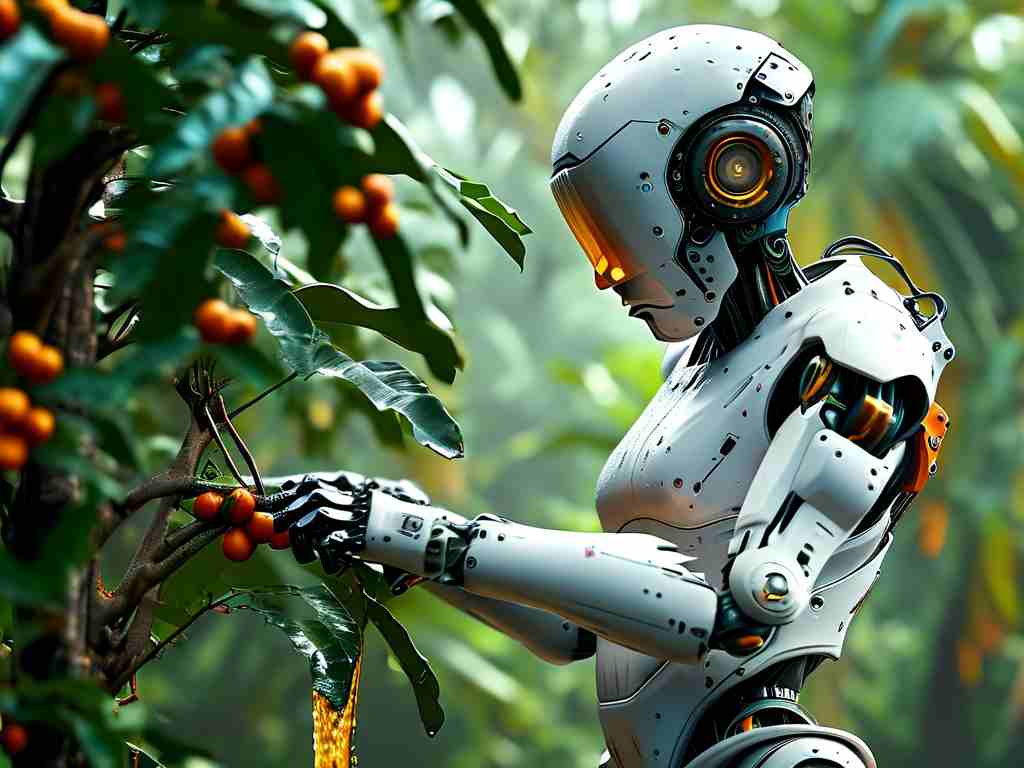Rubber tapping, the traditional method of harvesting latex from rubber trees, has long relied on skilled human labor, but modern advancements have introduced robotic systems to revolutionize this process. The principles behind robotic rubber tapping technology center on automating the precise and repetitive task of cutting tree bark to stimulate latex flow without damaging the tree. At its core, this technology integrates sophisticated sensors, artificial intelligence algorithms, and mechanical actuators to mimic and enhance human techniques. For instance, the system begins with navigation using GPS or LiDAR to map the plantation and identify individual trees, ensuring optimal path planning for efficiency. Once a tree is targeted, computer vision sensors scan the bark to detect the ideal cutting point, analyzing factors like tree age, bark texture, and previous cut marks to avoid over-tapping. This data feeds into an AI-driven control unit that calculates the exact depth and angle for the incision, typically around 45 degrees to maximize latex yield while minimizing harm to the cambium layer. The mechanical arm, equipped with specialized blades, then executes the cut with micron-level precision, adjusting in real-time based on environmental feedback such as humidity or tree health. Post-cutting, the system may include integrated collection mechanisms to channel latex into containers, reducing waste.

Underlying these operations are key technological principles like machine learning for adaptive decision-making, where algorithms learn from historical data to predict optimal tapping schedules and prevent tree stress. For example, code snippets in Python might simulate this: def optimize_cut_depth(tree_data): return calculated_depth_based_on_AI_model. Additionally, IoT connectivity allows remote monitoring and data sharing across farms, enabling predictive maintenance for the robots. The advantages of this approach are substantial, including up to 30% higher efficiency due to continuous operation, reduced labor costs in regions facing worker shortages, and minimized environmental impact by preventing over-exploitation. However, challenges persist, such as the high initial investment for robotics hardware and the need for robust designs to withstand tropical conditions like rain or uneven terrain. Future developments could involve swarm robotics for coordinated large-scale operations or enhanced AI for real-time disease detection. In essence, robotic rubber tapping exemplifies how automation can sustainably transform agriculture, offering scalable solutions for global rubber production while adhering to ecological principles.

